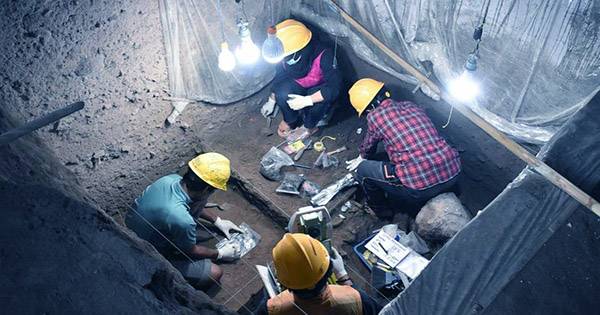Regional development refers to activities and methods that aim to promote economic growth, raise living standards, and improve the general well-being of a specific geographic area or region. It is a broad concept, but it can be seen as a comprehensive endeavor to decrease regional inequities by supporting (employing) economic areas.
Historically, regional development policy aimed to attain these goals through means development and attracting inward investment (OECD, 2020). It is frequently a main focus of government programs, as economic prospects, infrastructure, and quality of life differ greatly across regions within a country or even worldwide.
A significant number of international organizations, such as the OECD, UN, IMF, and many others, provide aid to less economically developed regions on economic, environmental, and social issues. Regional development can be of either national or international scope. As a result, the implications and scope of regional development may differ depending on how an area is defined and how the region and its boundaries are seen internally and externally.
Key components of regional development include:
- Infrastructure Development: This includes the construction and improvement of transportation systems such as roads, bridges, ports, and airports, as well as utilities such as water supply and energy grids. A well-developed infrastructure is essential for attracting investment and enabling the flow of products and people.
- Economic Diversification: A region’s resilience to economic changes can be increased by encouraging a varied range of sectors and businesses. This could include assisting in the expansion of industries such as agriculture, manufacturing, technology, and services.
- Education and Workforce Development: A well-educated and talented workforce is critical for attracting firms and promoting innovation. Investment in education and vocational training programs is a popular strategy for promoting regional development.
- Access to Capital: Ensuring that businesses and entrepreneurs have access to financial resources is critical. This can be accomplished through grants, loans, or incentives to attract private investment.
- Local Governance and Institutions: Effective regional development often requires good governance at the local level. Regional authorities or local governments play a role in planning, regulating, and coordinating development efforts.
Regional development’s primary goals include minimizing regional inequities, encouraging balanced growth, and guaranteeing that no region falls behind in terms of economic and social advancement.
Regional development methods can vary greatly depending on a region’s distinct demands and environment. They are frequently adapted to address the difficulties and opportunities specific to that region. Furthermore, regional development can be part of bigger national or international development goals and policies, as developing strong, prosperous regions contributes to a country’s or a larger geographic area’s overall well-being.
















